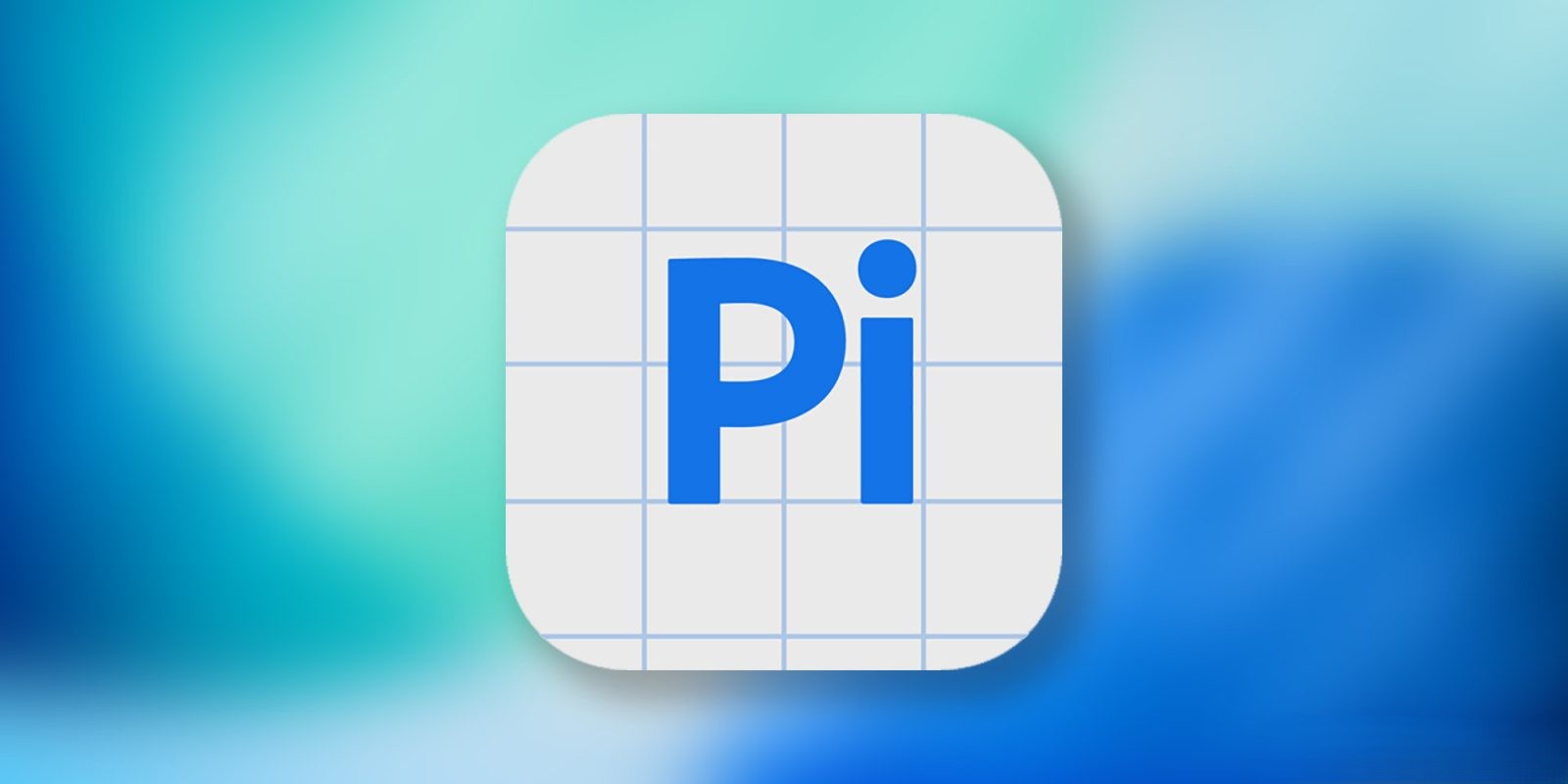In the summer of 2025, Adobe unveiled Project Indigo, a camera application designed to address the growing concerns among photography enthusiasts about the overly processed and artificial appearance of smartphone images. Unlike conventional smartphone camera apps that heavily rely on computational photography to enhance images, Indigo offers a more natural and authentic photographic experience, closely resembling the output of traditional DSLR cameras.
The Genesis of Project Indigo
The inception of Project Indigo was driven by Adobe’s recognition of a significant gap in the mobile photography market. While smartphones have made photography more accessible, the default camera applications often apply aggressive post-processing algorithms. These algorithms, although intended to improve image quality, can sometimes result in photos that appear unnatural or overly enhanced. Adobe aimed to provide an alternative that prioritizes authenticity over artificial enhancement.
Key Features of Project Indigo
1. Minimal Processing: Indigo reduces the reliance on computational enhancements, allowing photos to retain their natural colors, textures, and lighting conditions.
2. Manual Controls: The app offers users manual control over settings such as ISO, shutter speed, and focus, empowering photographers to fine-tune their shots according to their preferences.
3. RAW Support: Indigo supports RAW image capture, providing greater flexibility in post-processing and ensuring that the highest quality data is preserved.
4. User-Friendly Interface: Despite its advanced capabilities, Indigo boasts an intuitive interface, making it accessible to both amateur photographers and seasoned professionals.
Challenges with iPhone 17 Compatibility
Following the release of Apple’s iPhone 17, users anticipated utilizing Indigo’s features on the new hardware. However, Adobe encountered compatibility issues, particularly with the front-facing camera. These challenges stemmed from changes in the iPhone 17’s camera architecture and software integration, which differed from previous models.
In a statement on Adobe’s forum, the development team addressed the situation:
Hello everyone – thank you for your patience while you wait for the iPhone 17 support. We are working hard on it, and we have run into some issues, especially with the front camera. Some of them we flagged to Apple, who have made a fix and will ship it with iOS 26.1. Sadly, that means we need to consider disabling the front camera in Indigo until that version of iOS is shipped. In the meantime, we have made some improvements with iOS 26 compatibility on all devices. We hope to release an updated version which runs on rear iPhone 17-series cameras in a few days.
This proactive communication highlights Adobe’s commitment to transparency and user satisfaction. By collaborating with Apple, Adobe aims to resolve these issues promptly, ensuring that Indigo users can fully leverage the app’s capabilities on the latest iPhone models.
User Reception and Market Impact
Since its launch, Project Indigo has garnered a dedicated user base. Photographers appreciate the app’s emphasis on authenticity, noting that images captured with Indigo closely resemble those taken with professional DSLR cameras. This positive reception underscores a broader trend in mobile photography: a desire for tools that offer greater control and produce more natural results.
The success of Indigo also reflects Adobe’s strategic positioning in the mobile app market. By addressing a specific user need and delivering a high-quality product, Adobe has reinforced its reputation as a leader in digital imaging solutions.
Looking Ahead
As Adobe continues to refine Project Indigo, the focus remains on enhancing compatibility across various devices and incorporating user feedback to introduce new features. The collaboration with Apple to address iPhone 17 compatibility issues exemplifies Adobe’s dedication to providing a seamless user experience.
Moreover, the development team is exploring the possibility of bringing Indigo to other platforms, including Android. This expansion would allow a broader audience to experience the benefits of the app, further solidifying Adobe’s presence in the mobile photography space.
Conclusion
Adobe’s Project Indigo represents a significant advancement in mobile photography, offering users a tool that bridges the gap between the convenience of smartphones and the quality of DSLRs. By prioritizing natural image processing and providing manual controls, Indigo empowers photographers to capture images that truly reflect their vision. As the app continues to evolve, it stands as a testament to Adobe’s commitment to innovation and user-centric design in the ever-changing landscape of digital photography.



